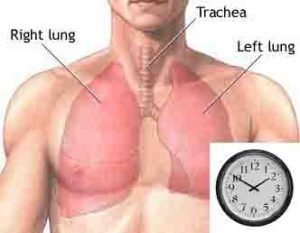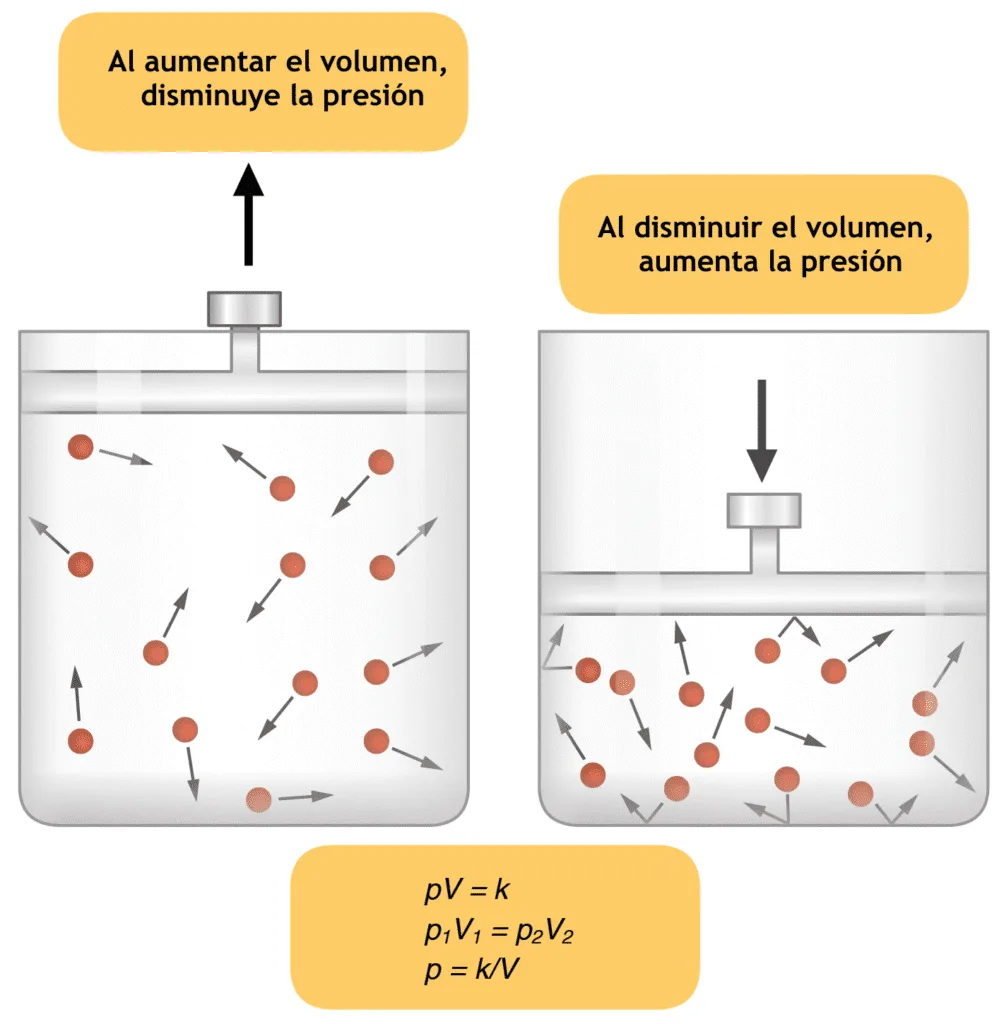A common question that arises while studying respiratory physiology is what is minute ventilation and minute volume.
The minute ventilation is the amount of air a person breaths in a minute. The minute ventilation is calculated by the multiplication of the tidal volume and the respiratory rate.
What is minute ventilation? The normal tidal volume of a person is around 8 – 10 ml per kg of weight. That is for a 70 kg person the tidal volume would be 700 ml.
The tidal volume is actually the amount of air a person takes during each breath at rest. The normal respiratory rate is about 14 – 18 breaths per minute. Hence, Minute ventilation = Tidal Volume X Respiratory rate.

So what is minute ventilation of a 70kg person. Minute ventilation for a 70 kg person would be 700 X 15 which would be approximately 10500ml.
A person requires a minimum of 6 to 8 litres of minute volume for the proper oxygenation of the tissues and the removal of carbon dioxide from the lungs.
The minute volume increases at times of stress and exercise. This increase compensates for the increase in the demand of oxygen and the increased production of Carbon dioxide.
This minimum volume of air required to be breathed every minute is also called as the minute volume. The question of what is minute volume is very important for an anesthetist which he had to calculate for every individual patient separately. Hence, the simplest answer to the question of what is minute ventilation is that it is the amount of air a person inspires in a minute.
Minute ventilation formula
Minute ventilation = Tidal Volume X Respiratory rate
Understanding Minute Ventilation in Anesthesia and Intensive Care
In the field of anesthesia and intensive care, minute ventilation plays a crucial role in ensuring the well-being and safety of patients. Minute ventilation refers to the volume of air that is moved in and out of the lungs in one minute. It is a vital parameter that helps healthcare professionals assess the adequacy of a patient’s respiratory function.
The Importance of Monitoring Minute Ventilation
Monitoring minute ventilation is essential in anesthesia and intensive care for several reasons:
1. Assessing Respiratory Function
By measuring minute ventilation, healthcare providers can gain valuable insights into a patient’s respiratory status. It helps them evaluate the efficiency of gas exchange in the lungs and detect any abnormalities or deviations from the normal range. This information is crucial in determining the appropriate interventions and treatments required for the patient’s well-being.
2. Adjusting Ventilator Settings
In intensive care units, patients often require mechanical ventilation to support their breathing. Monitoring minute ventilation allows healthcare professionals to adjust the ventilator settings to ensure optimal oxygenation and ventilation. By closely monitoring minute ventilation, healthcare providers can make real-time adjustments to maintain the desired levels of carbon dioxide and oxygen in the patient’s blood.
3. Detecting Respiratory Distress
Changes in minute ventilation can be indicative of respiratory distress or compromise. By continuously monitoring minute ventilation, healthcare providers can identify early signs of respiratory distress and intervene promptly. This can prevent further deterioration of the patient’s condition and improve outcomes.
Measuring Minute Ventilation
There are different methods to measure minute ventilation, depending on the clinical setting and the patient’s condition:
1. Tidal Volume and Respiratory Rate
Minute ventilation can be calculated by multiplying the tidal volume (the volume of air inspired or expired with each breath) by the respiratory rate (the number of breaths per minute). This method is commonly used in both anesthesia and intensive care settings, as it provides a simple and practical way to estimate minute ventilation.
2. Capnography
Capnography is a non-invasive method that measures the concentration of carbon dioxide (CO2) in exhaled breath. By analyzing the waveform and numeric values provided by capnography, healthcare providers can assess the patient’s ventilation and the effectiveness of their respiratory efforts. Capnography is particularly useful during anesthesia procedures and in the management of patients with respiratory conditions.
3. Pulmonary Function Tests
In certain cases, healthcare providers may perform more comprehensive pulmonary function tests to assess minute ventilation. These tests involve measuring various parameters, such as forced vital capacity (FVC) and forced expiratory volume in one second (FEV1). Pulmonary function tests provide a more detailed evaluation of respiratory function and can help diagnose and monitor respiratory conditions.
Interpreting Minute Ventilation Values
Interpreting minute ventilation values requires considering various factors, including the patient’s age, body size, and underlying health conditions. Generally, a normal minute ventilation range for adults at rest is approximately 5-10 liters per minute. However, during exercise or in certain medical conditions, minute ventilation may increase significantly.
Significant deviations from the normal range may indicate respiratory distress, such as hypoventilation (inadequate ventilation) or hyperventilation (excessive ventilation). These deviations can be further evaluated by assessing other parameters, such as arterial blood gas analysis, to determine the underlying cause and guide appropriate interventions.
Conclusion
Minute ventilation is a vital parameter in anesthesia and intensive care. Monitoring minute ventilation allows healthcare professionals to assess respiratory function, adjust ventilator settings, and detect respiratory distress. By using various measurement methods and interpreting the values in the context of the patient’s condition, healthcare providers can ensure optimal respiratory support and improve patient outcomes.
Ask a Doctor now if you have any question related to your health or your patient’s health and receive satisfactory answers in your email.


The definition of minute ventilation was very simple and straight. The explanation was so fantastic that anyone can easily understand.please more from where this note came from,thank you.